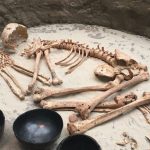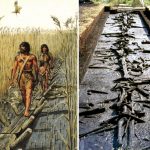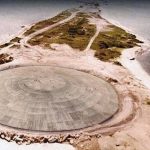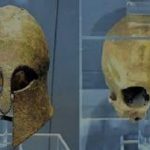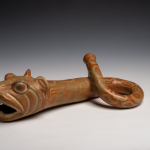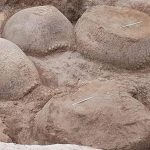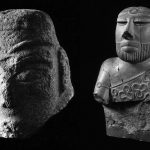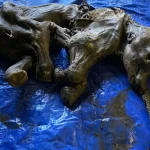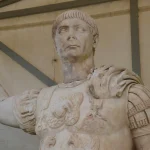Statue of the Craftsman Pendua and His Wife Nefertari
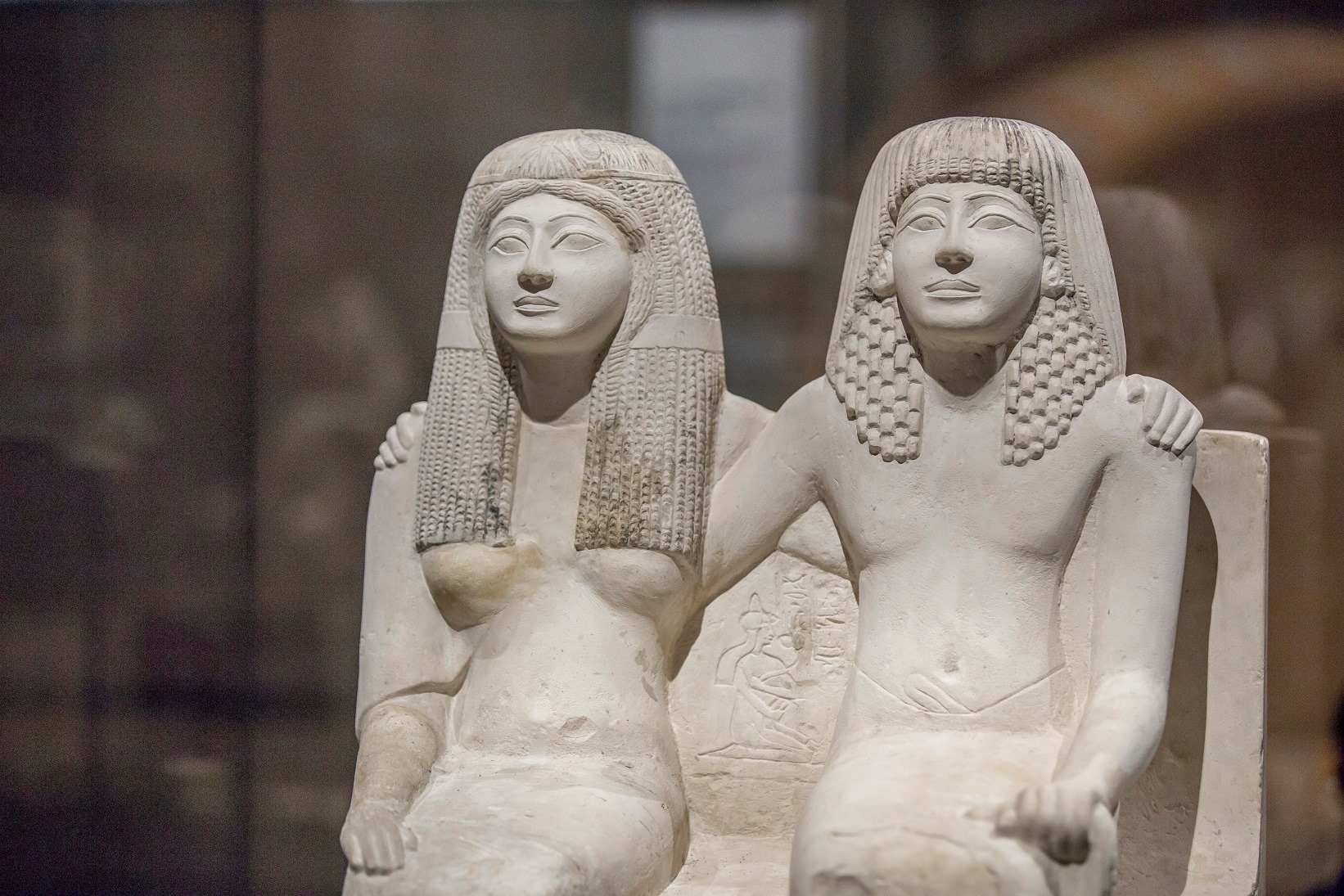
Statuary Group of the Scribe Pendua and His Wife Nefertari
Date: New Kingdom, 19th Dynasty, ca. 1292–1186 BC
Material: Theban limestone
Dimensions: 51 cm x 80 cm x 44 cm
Provenance: Deir el-Medina, Thebes; Excavated by Ernesto Schiaparelli, 1905
Collection: Egyptian Museum, Turin (S. 6127)

This sculptural group depicts the scribe Pendua and his wife Nefertari (sharing the same name as the famed queen of Ramses II), seated side by side in an unusually intimate pose. Their arms extend behind each other, hands resting on one another’s shoulders in a gesture of affection and unity—a form of embrace the ancient Egyptians referred to as inek (“to surround”) or sehen (“to embrace, to seek”).
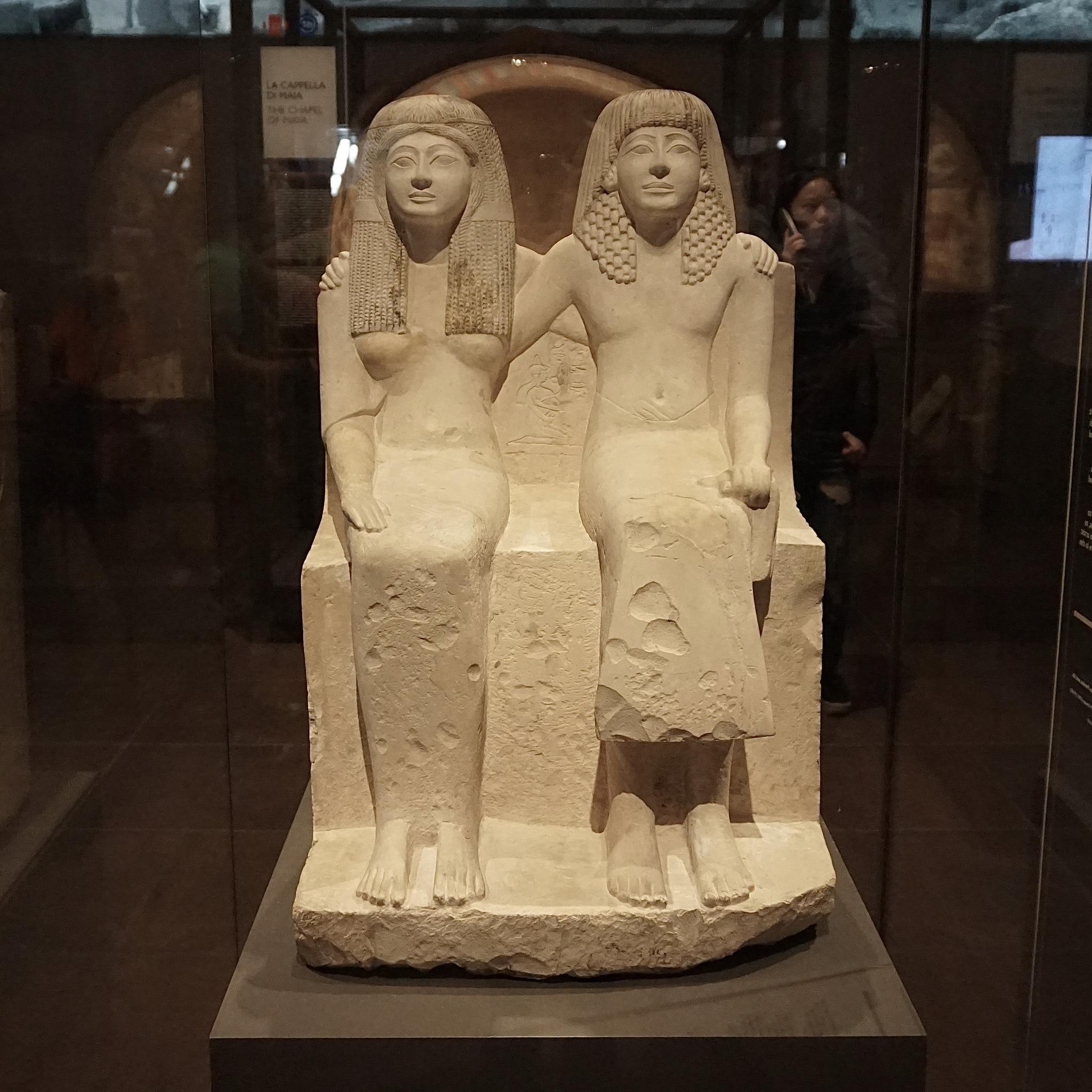
Both figures wear finely styled wigs and garments typical of the period, reflecting the fashions of elite society in the 19th Dynasty. The statue was likely originally placed in a funerary chapel, although it was found out of context at Deir el-Medina, as documented in a historic photograph from the archives of the Egyptian Museum in Turin.
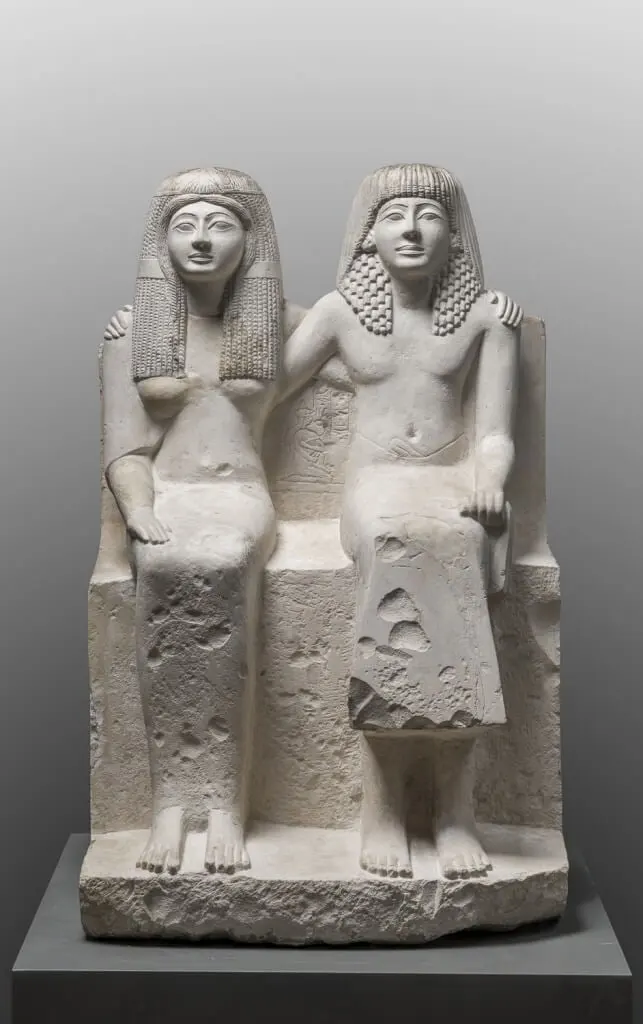
The back slab bears inscriptions invoking major deities, including Amun-Re, Mut, Khonsu, Atum, Osiris, and Ra-Horakhty, as well as the gods of the underworld. The text also lists the names of Pendua and Nefertari’s children, who are depicted below paying homage to their parents. Between the two seated figures is a delicately incised image of one of their daughters, reinforcing the statue’s strong familial theme.
This statue was likely the focus of offerings made by descendants to sustain the ka—the vital force of the deceased—in the afterlife. Carved from Theban limestone, the sculpture reveals the meticulous attention to detail characteristic of the artisans of Deir el-Medina. The lifelike facial features, nuanced expressions, and slight asymmetries suggest it was made by a sculptor more accustomed to carving reliefs than freestanding figures, giving the work a distinctive charm and sensitivity.
